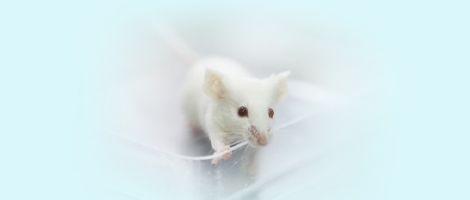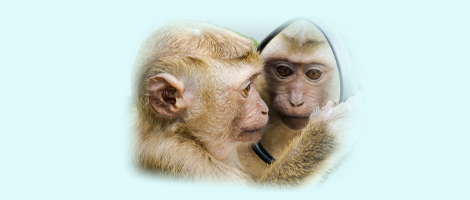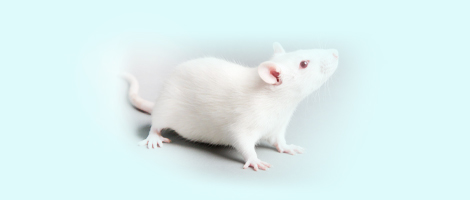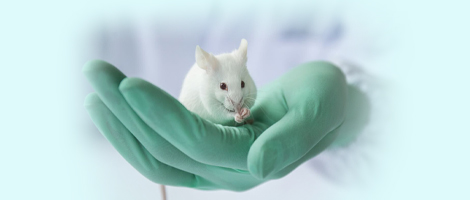| [1] |
帕提曼·米吉提, 范余娟. 宫腔粘连的病因学研究及预防措施探讨[J]. 中国计划生育和妇产科, 2024, 16(7):32-35. DOI:10.3969/j.issn.1674-4020.2024.07.08 .
|
|
PATIMAN M J T, FAN Y J. Etiological research and preventive measures of intrauterine adhesions[J]. Chin J Fam Plan Gynecotokology, 2024, 16(7):32-35. DOI:10.3969/j.issn.1674-4020.2024.07.08 .
|
| [2] |
HAN Q X, DU Y Z. Advances in the application of biomimetic endometrium interfaces for uterine bioengineering in female infertility[J]. Front Bioeng Biotechnol, 2020, 8:153. DOI:10.3389/fbioe.2020.00153 .
|
| [3] |
SANTAMARIA X, ISAACSON K, SIMÓN C. Asherman's syndrome: it may not be all our fault[J]. Hum Reprod, 2018, 33(8):1374-1380. DOI:10.1093/humrep/dey232 .
|
| [4] |
ERSOY G S, ZOLBIN M M, COSAR E, et al. CXCL12 promotes stem cell recruitment and uterine repair after injury in Asherman's syndrome[J]. Mol Ther Methods Clin Dev, 2017, 4:169-177. DOI:10.1016/j.omtm.2017.01.001 .
|
| [5] |
REIN D T, SCHMIDT T, HESS A P, et al. Hysteroscopic management of residual trophoblastic tissue is superior to ultrasound-guided curettage[J]. J Minim Invasive Gynecol, 2011, 18(6):774-778. DOI:10.1016/j.jmig.2011.08.003 .
|
| [6] |
CAI Y L, WU F Y, YU Y R, et al. Porous scaffolds from droplet microfluidics for prevention of intrauterine adhesion[J]. Acta Biomater, 2019, 84:222-230. DOI:10.1016/j.actbio.2018.11.016 .
|
| [7] |
KOU L F, JIANG X, XIAO S Y, et al. Therapeutic options and drug delivery strategies for the prevention of intrauterine adhesions[J]. J Control Release, 2020, 318:25-37. DOI:10.1016/j.jconrel.2019.12.007 .
|
| [8] |
黄少凤, 林忠, 朱雪红, 等. 宫腔粘连大鼠模型研究进展[J]. 实验动物与比较医学, 2022, 42(6):560-565. DOI:10.12300/j.issn.1674-5817.2022.025 .
|
|
HUANG S F, LIN Z, ZHU X H, et al. Research progress in rat models of intrauterine adhesion[J]. Lab Anim Comp Med, 2022, 42(6):560-565. DOI:10.12300/j.issn.1674-5817.2022.025 .
|
| [9] |
梁姗姗, 植枝福, 黄滟岚. 宫腔粘连动物模型建立的研究进展[J]. 中华生殖与避孕杂志, 2022(8):874-877. DOI: 10.3760/cma.j.cn101441-20210320-00137 .
|
|
LIANG S S, ZHI Z F, HUANG Y L. Research progress on the establishment of animal model of intrauterine adhesion[J]. Chin J Reprod Contracept, 2022(8):874-877. DOI: 10.3760/cma.j.cn101441-20210320-00137 .
|
| [10] |
CAO Y M, QI J, WANG J, et al. Injectable "homing-like" bioactive short-fibers for endometrial repair and efficient live births[J]. Adv Sci, 2024, 11(20): e2306507. DOI:10.1002/advs.202306507 .
|
| [11] |
QI J, LI X X, CAO Y M, et al. Locationally activated PRP via an injectable dual-network hydrogel for endometrial regeneration[J]. Biomaterials, 2024, 309:122615. DOI:10.1016/j.biomaterials.2024.122615 .
|
| [12] |
HUA Q, ZHANG Y, LI H J, et al. Human umbilical cord blood-derived MSCs trans-differentiate into endometrial cells and regulate Th17/Treg balance through NF-κB signaling in rabbit intrauterine adhesions endometrium[J]. Stem Cell Res Ther, 2022, 13(1):301. DOI:10.1186/s13287-022-02990-1 .
|
| [13] |
LIANG Y X, SHUAI Q Z, ZHANG X, et al. Incorporation of decidual stromal cells derived exosomes in sodium alginate hydrogel as an innovative therapeutic strategy for advancing endometrial regeneration and reinstating fertility[J]. Adv Healthc Mater, 2024, 13(13): e2303674. DOI:10.1002/adhm. 202303674 .
|
| [14] |
ZHANG S H, SUN Y L, JIANG D L, et al. Construction and optimization of an endometrial injury model in mice by transcervical ethanol perfusion[J]. Reprod Sci, 2021, 28(3):693-702. DOI:10.1007/s43032-020-00296-2 .
|
| [15] |
LIANG S S, HUANG Y L, XIA Y F, et al. Animal models in intrauterine adhesion research[J]. J Obstet Gynaecol, 2022, 42(8):3409-3415. DOI: 10.1080/01443615.2022.2124854 .
|
| [16] |
LI B N, ZHANG Q W, SUN J Y, et al. Human amniotic epithelial cells improve fertility in an intrauterine adhesion mouse model[J]. Stem Cell Res Ther, 2019, 10(1):257. DOI:10.1186/s13287-019-1368-9 .
|
| [17] |
PARK M, HONG S H, PARK S H, et al. Perivascular stem cell-derived cyclophilin A improves uterine environment with Asherman's syndrome via HIF1α-dependent angiogenesis[J]. Mol Ther, 2020, 28(8):1818-1832. DOI:10.1016/j.ymthe.2020. 05.015 .
|
| [18] |
陈醒, 毛乐乐, 刁翯, 等. 大鼠子宫腔粘连模型的构建与改进[J]. 解剖学报, 2019, 50(1):123-127. DOI: 10.16098/j.issn.0529-1356.2019.01.021 .
|
|
CHEN X, MAO L L, DIAO H, et al. A rat model of intrauterine adhesion established by endometrial scraping[J]. Acta Anat Sin, 2019, 50(1):123-127. DOI: 10.16098/j.issn.0529-1356.2019.01.021 .
|
| [19] |
LEE W L, LIU C H, CHENG M, et al. Focus on the primary prevention of intrauterine adhesions: current concept and vision[J]. Int J Mol Sci, 2021, 22(10):5175. DOI:10.3390/ijms22105175 .
|
| [20] |
DAI Y Y, XIN L B, HU S T, et al. A construct of adipose-derived mesenchymal stem cells-laden collagen scaffold for fertility restoration by inhibiting fibrosis in a rat model of endometrial injury[J]. Regen Biomater, 2023, 10: rbad080. DOI:10.1093/rb/rbad080 .
|
| [21] |
TANG P M, NIKOLIC-PATERSON D J, LAN H Y. Macrophages: versatile players in renal inflammation and fibrosis[J]. Nat Rev Nephrol, 2019, 15(3):144-158. DOI:10.1038/s41581-019-0110-2 .
|
| [22] |
LIU F, ZHU Z J, LI P, et al. Creation of a female rabbit model for intrauterine adhesions using mechanical and infectious injury[J]. J Surg Res, 2013, 183(1):296-303. DOI:10.1016/j.jss.2012.11.009 .
|
| [23] |
XU X X, ZHANG S S, LIN H L, et al. Metformin promotes regeneration of the injured endometrium via inhibition of endoplasmic reticulum stress-induced apoptosis[J]. Reprod Sci, 2019, 26(4):560-568. DOI:10.1177/1933719118804424 .
|
| [24] |
WEN J M, HOU B, LIN W G, et al. 3D-printed hydrogel scaffold-loaded granulocyte colony-stimulating factor sustained-release microspheres and their effect on endometrial regeneration[J]. Biomater Sci, 2022, 10(12):3346-3358. DOI:10.1039/d2bm00109h .
|
| [25] |
JANG H Y, MYOUNG S M, CHOE J M, et al. Effects of autologous platelet-rich plasma on regeneration of damaged endometrium in female rats[J]. Yonsei Med J, 2017, 58(6):1195-1203. DOI:10.3349/ymj.2017.58.6.1195 .
|







 )(
)( )
)
 )(
)( )
)